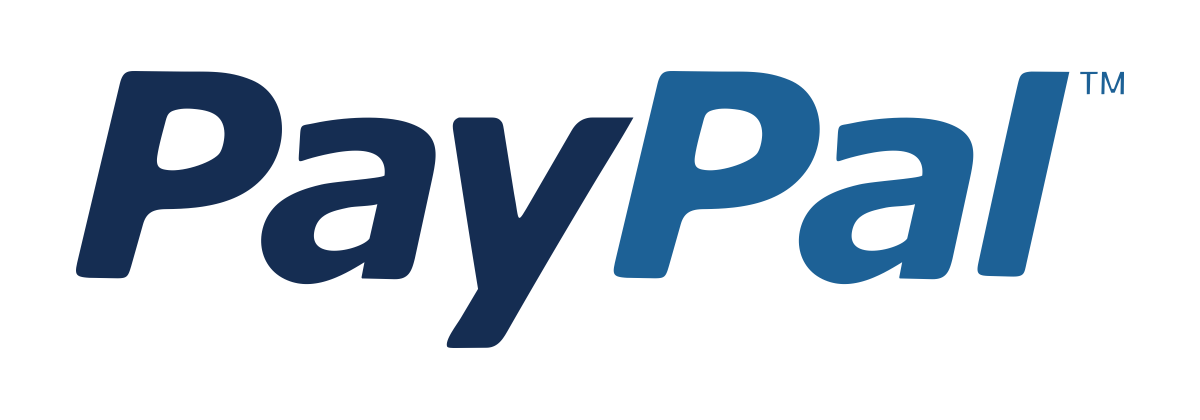PEFT
Master LoRA, QLoRA, Adapters, Prefix Tuning, and other parameter-efficient techniques to fine-tune modern LLMs and transformer models at low cost and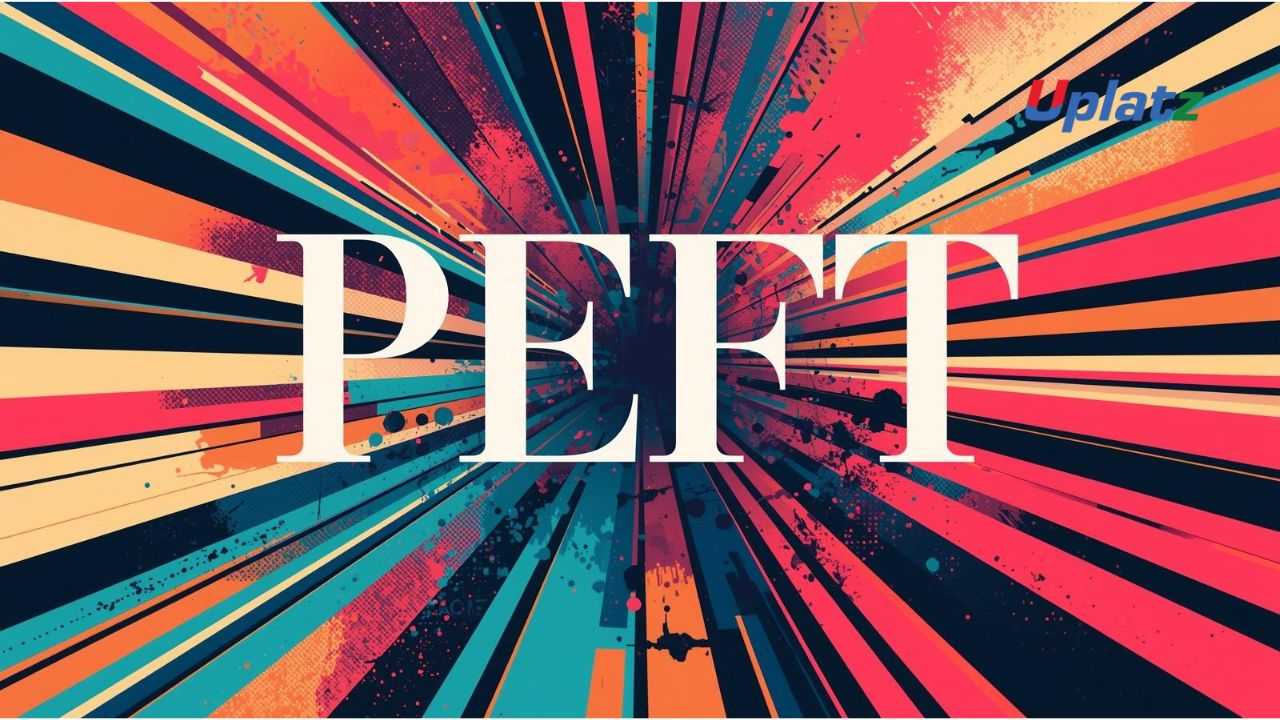 Price Match Guarantee
Full Lifetime Access
Access on any Device
Technical Support
Secure Checkout
Course Completion Certificate
Price Match Guarantee
Full Lifetime Access
Access on any Device
Technical Support
Secure Checkout
Course Completion Certificate
 97% Started a new career
BUY THIS COURSE (
97% Started a new career
BUY THIS COURSE (GBP 12 GBP 29 )-
 84% Got a pay increase and promotion
84% Got a pay increase and promotion
Students also bought -
-
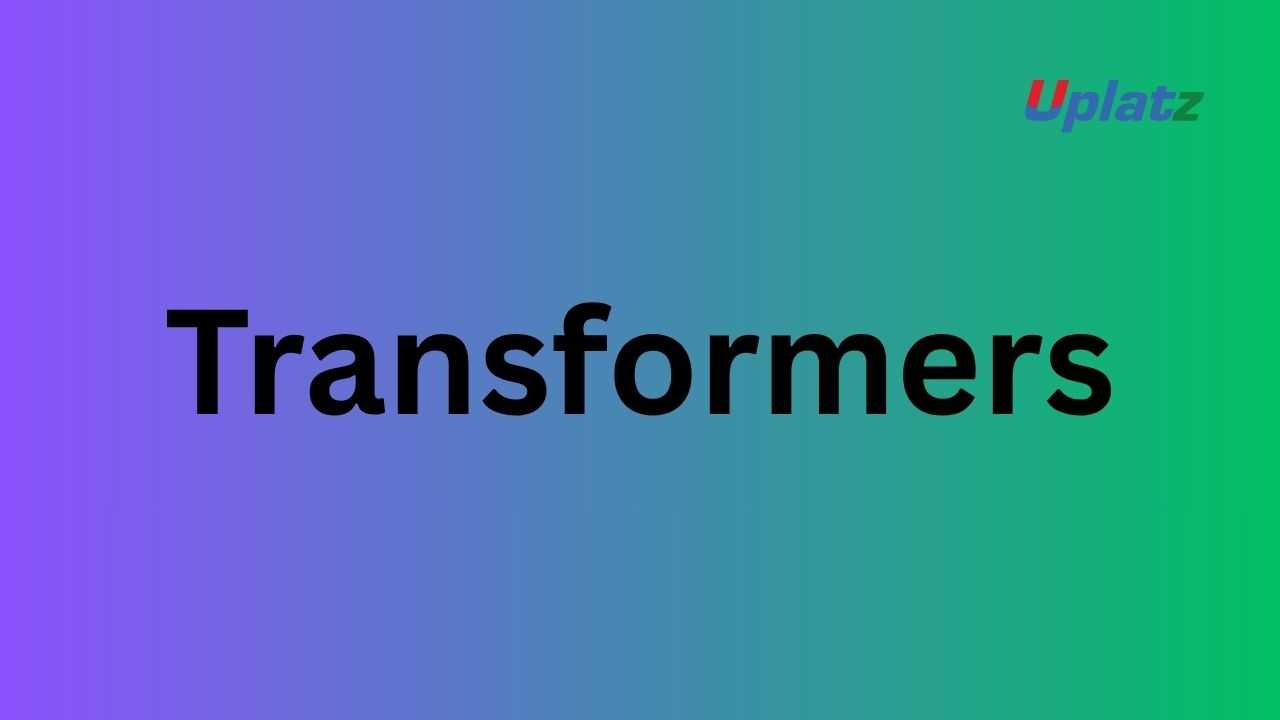
- Transformers
- 10 Hours
- GBP 12
- 10 Learners
-
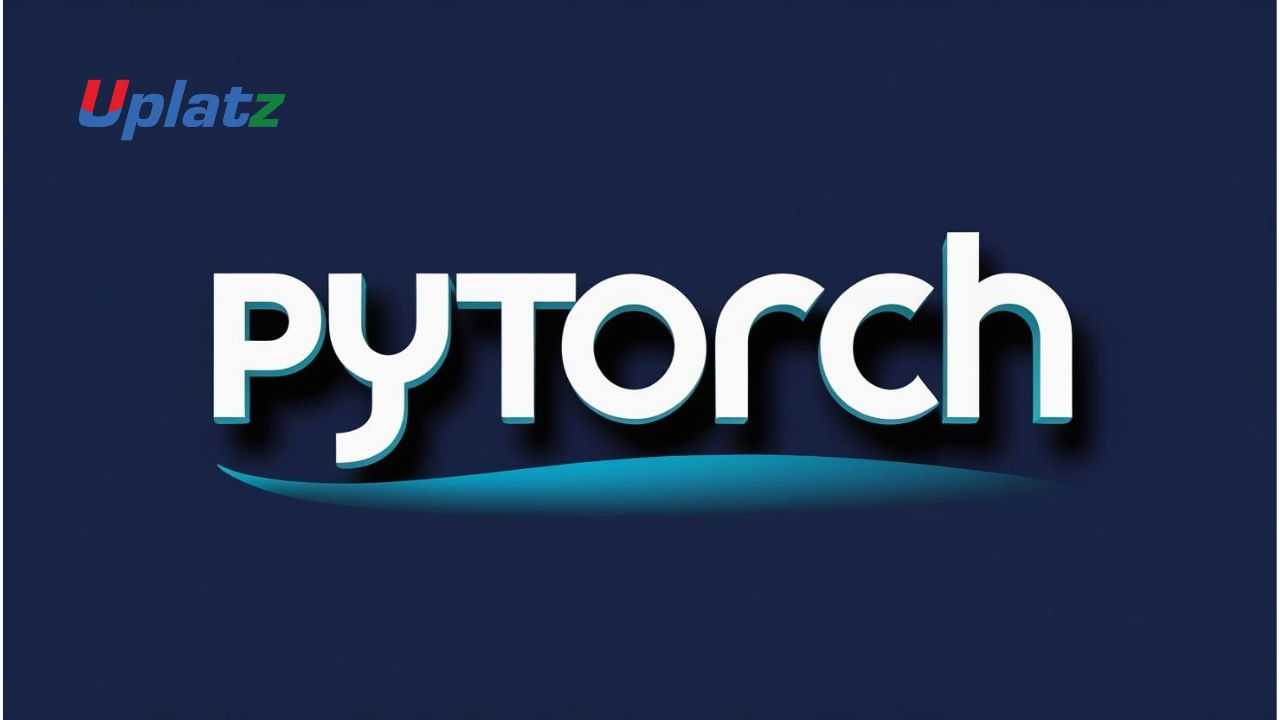
- PyTorch
- 10 Hours
- GBP 12
- 10 Learners
-

- Hugging Face Transformers for NLP
- 20 Hours
- GBP 12
- 610 Learners
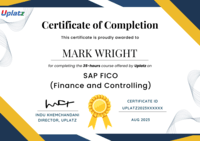
As large language models (LLMs) grow exponentially in size, the cost, memory requirements, and computational resources needed for traditional fine-tuning have become a barrier for most organisations. Fine-tuning a 70B-parameter model can require multiple high-end GPUs, enormous power consumption, and days of training time. This challenge has driven the global shift toward parameter-efficient fine-tuning (PEFT) — a family of techniques that allow AI practitioners to adapt large models using only a small percentage of their parameters.
PEFT represents one of the most important breakthroughs in modern AI engineering. Instead of updating all model weights, PEFT selectively trains lightweight components (such as low-rank matrices, adapters, or prompts), drastically reducing cost while achieving comparable or even superior performance. Organisations, researchers, and AI developers are adopting PEFT to customise LLMs efficiently, perform domain adaptation, support multilingual tasks, and build scalable enterprise AI systems without the extreme training requirements associated with full fine-tuning.
The PEFT course by Uplatz provides a comprehensive end-to-end exploration of parameter-efficient tuning strategies. You will learn how these methods work, why they are needed, and how they can be applied to real-world NLP, enterprise AI, and generative AI systems. With a balance of theory and hands-on labs, this course allows you to understand the mathematical foundation behind PEFT techniques while also gaining practical experience using Hugging Face, PyTorch, and transformer-based architectures.
🔍 What Is PEFT?
PEFT (Parameter-Efficient Fine-Tuning) is an approach that modifies only a small portion of a large model’s parameters. Instead of updating billions of weights, PEFT updates small add-on modules or low-rank matrices — allowing fine-tuning to happen quickly, cheaply, and with minimal hardware.
Popular PEFT methods include:
-
LoRA (Low-Rank Adaptation) — the most widely used technique
-
QLoRA — combines LoRA with 4-bit quantization
-
Prefix tuning
-
Prompt tuning
-
P-tuning v2
-
Adapters
PEFT reduces training memory requirements by up to 98%, making LLM customization accessible to individual developers, small teams, startups, and research groups.
⚙️ How PEFT Works
Designing efficient fine-tuning involves modifying only select components of the model. Here are the core principles taught in the course:
1. Low-Rank Adaptation (LoRA)
LoRA inserts trainable low-rank matrices into attention layers.
Instead of updating full matrices, LoRA updates a tiny rank-decomposed version.
This results in:
-
Faster training
-
Minimal GPU usage
-
High downstream accuracy
2. QLoRA
A major advancement that combines:
-
4-bit quantization (NF4)
-
LoRA adapters
-
Double quantization
QLoRA allows fine-tuning 33B–70B models on a single consumer GPU.
3. Adapter Layers
Adapters are lightweight neural modules inserted between transformer blocks.
Only adapter parameters are trained, keeping most model weights frozen.
4. Prefix & Prompt Tuning
These techniques prepend learned embeddings or prompt vectors to achieve model adaptation without modifying internal layers.
Prefix/prompt tuning is especially effective for:
-
Text generation
-
Dialogue modelling
-
Multi-task training
5. Selective Layer Fine-Tuning
Only selected transformer layers are updated — usually top layers for classification tasks.
🏭 Where PEFT Is Used in the Industry
PEFT powers enterprise AI across multiple industries:
1. Tech Companies & AI Startups
Custom chatbots, generative applications, domain-specific assistants.
2. Healthcare & Life Sciences
Fine-tuned medical language models for triage, summarization, and diagnostic reasoning.
3. Finance & Banking
Models for fraud detection, risk scoring, regulatory compliance, and financial document analysis.
4. E-commerce & Retail
Personalised recommendations, conversational shopping assistants, product intelligence.
5. Customer Support Automation
Fine-tuned LLMs for call centres, automated responses, and chat systems.
6. Government & Public Sector
Multilingual processing, policy summarisation, citizen support AI.
7. Education & Research
Fine-tuning models for academic domains, tutoring AI, and research question analysis.
PEFT is now the industry default for LLM adaptation because it is efficient, scalable, and affordable.
🌟 Benefits of Learning PEFT
By mastering PEFT, learners gain:
-
Ability to fine-tune large models on small GPUs
-
Skills to support enterprise AI workloads with minimal costs
-
Hands-on expertise with LoRA, QLoRA, adapters, prefix tuning
-
Advanced understanding of LLM optimisation
-
Practical experience using Hugging Face PEFT library
-
Advantages in modern NLP, chatbots, and generative AI jobs
-
Ability to support organisations that require domain-specific LLMs
This course places you at the forefront of modern AI engineering where companies seek developers who can customize large models efficiently.
📘 What You’ll Learn in This Course
(Like your sample course overview)
You will explore:
-
Why conventional fine-tuning is expensive
-
How PEFT reduces resource usage
-
LoRA and QLoRA architecture
-
Adapters and prompt tuning techniques
-
Quantization strategies (8-bit, 4-bit)
-
Fine-tuning workflow using Hugging Face
-
Applying PEFT to GPT, Llama, Mistral, and other transformer models
-
Evaluating performance with PEFT
-
Deploying fine-tuned models efficiently
-
Capstone: build a full LoRA/QLoRA fine-tuned LLM
🧠 How to Use This Course Effectively
-
Start with foundational transformer understanding
-
Install Hugging Face PEFT and transformers libraries
-
Practice fine-tuning small models
-
Move to LoRA/QLoRA on larger models
-
Apply quantization for resource-efficient training
-
Test models on real datasets
-
Complete the capstone: fine-tune a domain-specific assistant
👩💻 Who Should Take This Course
Ideal for:
-
Machine Learning Engineers
-
NLP Engineers
-
Deep Learning Practitioners
-
Generative AI Developers
-
AI Researchers
-
Data Scientists
-
Students entering LLM specialization
Basic knowledge of PyTorch and transformers is helpful.
🚀 Final Takeaway
PEFT represents the future of LLM customization — enabling organizations to adapt enormous models using minimal hardware and cost. This course equips you with the complete toolkit to build efficient, scalable, and domain-specific AI systems using LoRA, QLoRA, and other cutting-edge techniques.
By the end of this course, learners will:
-
Understand the theory behind PEFT and why it matters
-
Implement LoRA, QLoRA, Adapters, and Prefix Tuning
-
Fine-tune large transformer models efficiently
-
Use Hugging Face PEFT and Transformers libraries
-
Apply quantization and memory-optimized training
-
Deploy PEFT-based models for enterprise use cases
-
Build custom fine-tuning workflows from scratch
Course Syllabus
Module 1: Introduction to PEFT
-
Limitations of full fine-tuning
-
Why parameter-efficient training?
Module 2: Transformer Fundamentals
-
Recap of attention mechanisms
-
Pretrained LLM architecture overview
Module 3: LoRA
-
Low-rank matrix decomposition
-
Implementing LoRA with Hugging Face
Module 4: QLoRA
-
4-bit quantization
-
Double quantization
-
LoRA integration
Module 5: Adapter-based Methods
-
Adapter layers
-
Houlsby adapters
-
Pfeiffer adapters
Module 6: Prompt & Prefix Tuning
-
Soft prompts
-
Learned prefixes
-
Applications in generative AI
Module 7: Efficient Training Techniques
-
Gradient checkpointing
-
Mixed precision
-
8-bit & 4-bit training
Module 8: Hands-On Fine-Tuning Labs
-
Text classification
-
Summarization
-
Chat model fine-tuning
Module 9: Evaluation & Optimization
-
Perplexity, BLEU, ROUGE
-
Parameter efficiency metrics
Module 10: Deployment
-
Exporting LoRA weights
-
Serving models on FastAPI
-
Optimized inference
Module 11: Capstone Project
-
Fine-tune an LLM using QLoRA for a domain of your choice
Upon completion, learners receive a Uplatz Certificate in PEFT & Efficient LLM Training, validating their skills in cost-efficient model customization and transformer optimization.
This course prepares learners for roles such as:
-
NLP Engineer
-
Machine Learning Engineer
-
LLM Developer
-
AI Research Engineer
-
Generative AI Specialist
-
Applied Scientist
-
Enterprise AI Engineer
1. What is PEFT?
A set of techniques that fine-tune only a small portion of a large model’s parameters.
2. What is LoRA?
Low-Rank Adaptation — adds trainable low-rank matrices to attention layers.
3. What is QLoRA?
A LoRA-based method that uses 4-bit quantization to fine-tune large models on a single GPU.
4. What are adapters?
Lightweight neural modules inserted between transformer layers; only adapters are trained.
5. What is prefix tuning?
Learned prefix vectors prepended to model inputs to influence behavior without updating internal weights.
6. Why is PEFT useful?
It reduces cost, memory, and training time while maintaining high accuracy.
7. What libraries support PEFT?
Hugging Face PEFT, Transformers, PyTorch.
8. What tasks benefit from PEFT?
Classification, summarization, chat models, domain adaptation, multilingual tasks.
9. What hardware is required?
Even a single GPU (e.g., RTX 4090 or T4) can fine-tune large models using QLoRA.
10. How are PEFT models deployed?
By merging LoRA weights with base models or loading adapters during inference.







